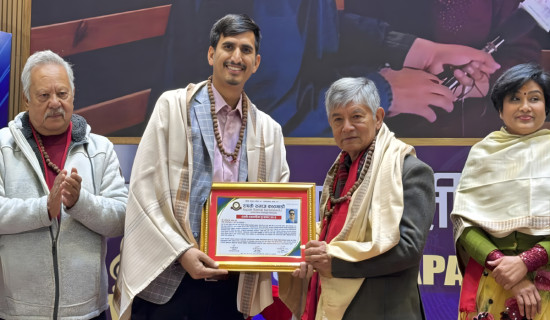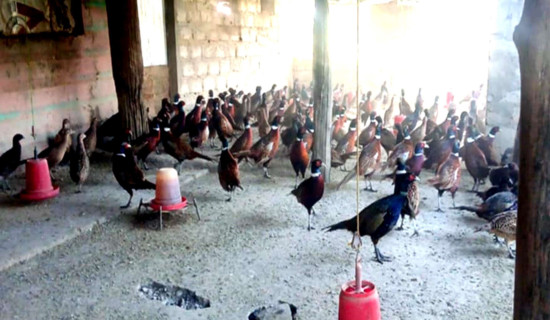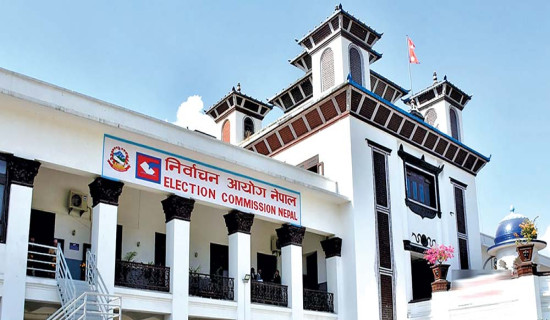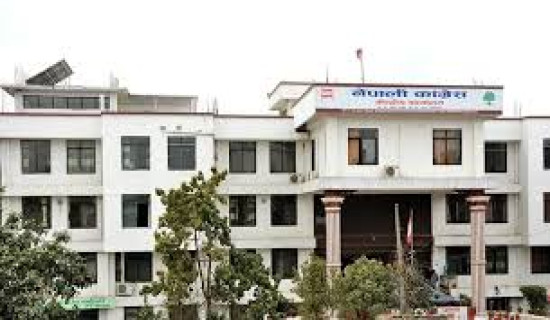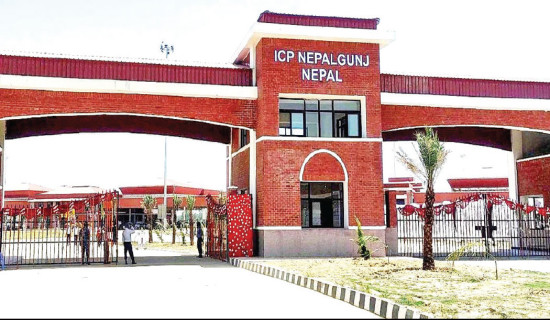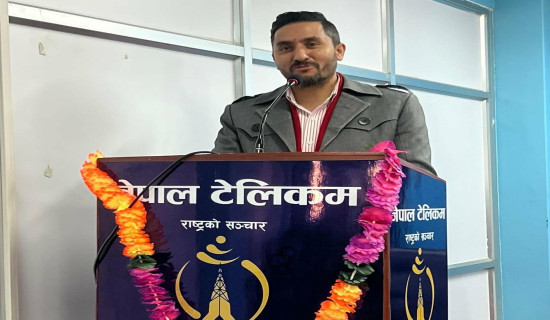- Sunday, 28 December 2025
Enchanting Lakeside
Sugam Gautam
A few years back, during the festival season, the cost of paragliding in Pokhara was dramatically reduced for a short period of time. As a result, scores of people jumped at the chance to experience the thrill of soaring in the high skies. Even an international paragliding competition was held in 2020, giving Pokhara global recognition. Pokhara is known for its lush landscapes, serene lakes, and the majestic view of snow-filled mountains. Proponents of the tourism sector in Pokhara are so innovative that the place never stays out of the spotlight. When bungee jumping and a cable car were first installed in Pokhara, locals were euphoric with the possibility that more and more tourists would flock in. Everything was going well until the coronavirus pandemic forced people to stay confined in their homes.
The post-lockdown period saw a serious decline in the number of tourists, but the tourism business has now picked up its pace in Pokhara. When one visits Pokhara, the first place they opt to go is Lakeside, a buzzing area situated on the edge of Phewa Lake. In this part of the city, the streets are spotless, and when you walk along the streets, you could take in the view of calm Phewa enveloped in a thick forest of Raniban. Taal Barahi, a temple situated in the middle of the lake, epitomises the magnificence of Pokhara. Basundhara Park is another attraction for people making a tour to Lakeside. The lush park spread over a large area sees a significant number of people. People in Pokhara are all familiar with the park as they spend their leisure time roaming around it.
However, in Lakeside, there’s a place that even the denizens of Pokhara don’t know much about. Recently, after the public were allowed to enter the premises of Ratna Mandir, it has sparked an interest in people, leading them to explore this place which was unopened for the public before. The historical significance of this place is still unknown to many people. Ratna Mandir is a retreat built in 1956 by King Mahendra for his wife, Ratna Rajya Laxmi Shah. The name ‘Ratna Mandir’ was named after the queen. The former palace perched on the edge of Phewa Lake is spread over 56,648 square metres. The entrance gate opens to a massive park, and the antique building stands at the rear of the park.
The pavement branches out in every direction and is lined with little plants and flowers. If you walk straight from the main building, you will reach a small building on the edge that overlooks Phewa Lake. A row of sturdy trees, including Bar and Pipal, could be spotted around the premises of Ratna Mandir. To the northeast of the main building, there’s a parking lot that houses motorboats used by the royal family. Numerous benches are placed in different parts of the park, and the tranquility offered by the place can be relaxing for everyone who wants to get away from the maddening rush of modern life.
In the city full of attractive places, the granting of public visits to Ratna Mandir will surely benefit the tourism in Pokhara. After Nepal was declared a republic nation, the palace was handed over to Nepal Trust, and since then, this government entity looks after the palace. However, it was only on the 15th Jestha of this year that the palace was opened for public visits.









